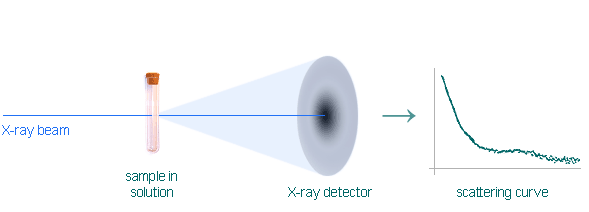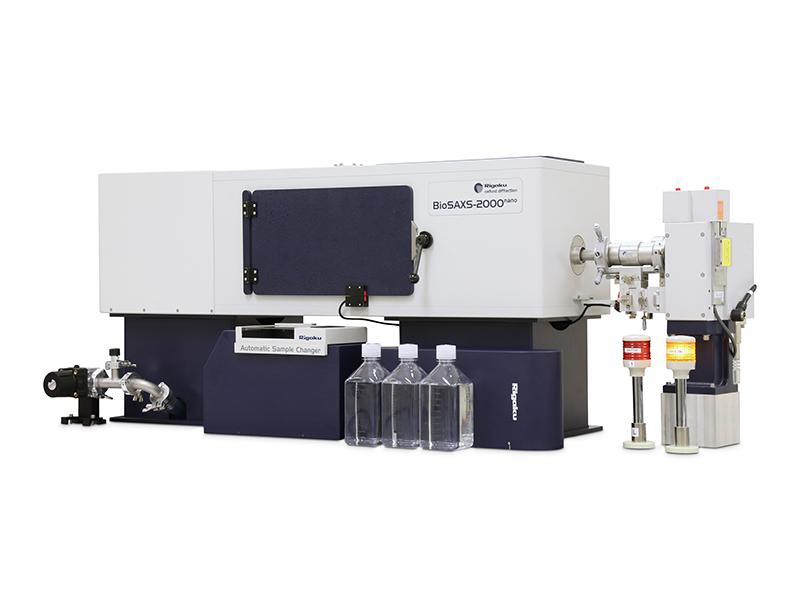SMALL ANGLE X-RAY SCATTERING (SAXS) FOR PHARMACEUTICALS
MEASURE ALMOST ANY ELEMENT IN ALMOST ANY MATRIX
- Small-angle X-ray scattering (SAXS) is a small-angle scattering technique by which nano-scale density differences in a sample can be quantified.
- This means that it can determine nano-particle size distributions, resolve the size and shape of (mono-disperse) macro-molecules, determine pore sizes, characteristic distances of partially ordered materials, and much more.

Small Angle X-ray Scattering (SAXS)
What is Small Angle X-ray Scattering? SAXS is used for the determination of the microscale or nanoscale structure of particle systems in terms of such parameters as averaged particle sizes, shapes, distribution, and surface-to-volume ratio. The materials can be solid or liquid and they can contain solid, liquid, or gaseous domains (so-called particles) of the same or another material in any combination. Not only particles, but also the structure of ordered systems like lamellae, and fractal-like materials can be studied. The method is accurate, non-destructive, and usually requires only a minimum of sample preparation. Applications are very broad and include colloids of all types, metals, cement, oil, polymers, plastics, proteins, foods, and pharmaceuticals and can be found in research as well as in quality control.


